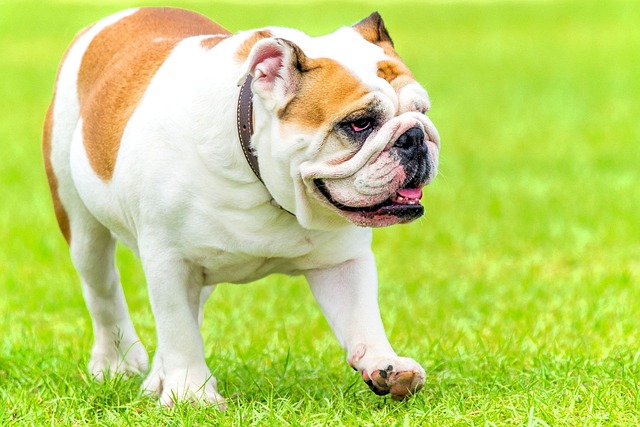
How can I tell if my dog's heatstroke is serious
Let’s be real: It’s a sticky August morning in Los Angeles, and you took your 2-year-old Golden Retriever, Max, for a walk a little later than usual
As a dog owner, nothing feels better than watching your furry friend gobble up a meal. But behind those wagging tails lies an important question: what’s actually fueling their bowls? Finding the healthiest dog food isn’t just about picking the prettiest bag off the shelf—it’s about understanding your dog’s unique needs and cutting through marketing noise.
Think of your dog’s diet like a well-balanced puzzle. Protein should be the cornerstone, especially animal-based sources like chicken, beef, or fish. Avoid vague terms like “meat meal” and look for named proteins; in many regions, regulations require pet food labels to specify the source. High-quality carbs like brown rice or sweet potatoes provide energy, while healthy fats from salmon oil or flaxseed keep coats shiny and joints mobile.
Hidden in some commercial foods are ingredients that might raise eyebrows. Artificial preservatives like BHA and BHT, common food colorings, and fillers like corn or wheat can trigger sensitivities in some dogs. Many pet owners are now leaning towards grain-free options, though it’s important to note that “grain-free” doesn’t automatically mean healthier. Always check for alternative carbohydrate sources that won’t upset your dog’s stomach.
 Age matters too. Puppies need higher protein and fat levels for growth, often double what adult dogs require. Senior dogs, on the other hand, benefit from joint-supporting ingredients like glucosamine and chondroitin. Some regions have specific regulations regarding feeding raw diets to avoid bacterial contamination risks, so it’s crucial to research local guidelines before making a switch.
Age matters too. Puppies need higher protein and fat levels for growth, often double what adult dogs require. Senior dogs, on the other hand, benefit from joint-supporting ingredients like glucosamine and chondroitin. Some regions have specific regulations regarding feeding raw diets to avoid bacterial contamination risks, so it’s crucial to research local guidelines before making a switch.
Reading labels can feel like deciphering a code, but there are tricks to simplify the process. Ingredients are listed by weight, so the first few items should be recognizable whole foods. Watch out for products claiming “all-natural” without certification—anyone can slap that label on a bag. Look for brands that meet AAFCO (Association of American Feed Control Officials) standards or similar regional guidelines to ensure nutritional adequacy.
The truth is, the healthiest food depends on your dog. Some thrive on kibble, while others do better with wet food or a combination. Allergies and sensitivities vary widely—you might notice itchy skin or digestive issues if something isn’t right. Consulting your vet for personalized advice is always the safest bet, especially if your dog has specific medical needs.
Finally, remember that food is just one piece of the puzzle. Regular exercise, fresh water, and veterinary check-ups are equally vital for your dog’s well-being. The best dog food isn’t necessarily the most expensive or trendy—it’s the one that makes your dog’s eyes sparkle, tail wag non-stop, and keeps them bounding through life with joy. So go ahead, experiment within safe boundaries, and enjoy the journey of finding that perfect bowl.

Let’s be real: It’s a sticky August morning in Los Angeles, and you took your 2-year-old Golden Retriever, Max, for a walk a little later than usual

You're enjoying a summer afternoon at the park when you notice your dog has stopped panting and appears disoriented - their gums are bright red

Let’s paint the picture: You’re in your Denver apartment, watching your 4-year-old Boston Terrier, Ruby, plop down mid-play session with her favorite toy

Many dog owners notice their pets nails seem shorter after regular walks,but how much does this daily activity actually help?The answer depends on where you walk—concrete sidewalks or asphalt streets gently file nails as a dog's paws hit the ground

Most dog owners notice their pup scooting across the carpet at some point, but few connect it to impacted anal glands. These small sacs near a dog’s rectum secrete a scent for marking territory

Most vets agree that regular dog teeth cleaning is key to avoiding painful dental issues later. For healthy adult dogs, a professional cleaning at the vet’s office every 12 to 18 months usually works well.